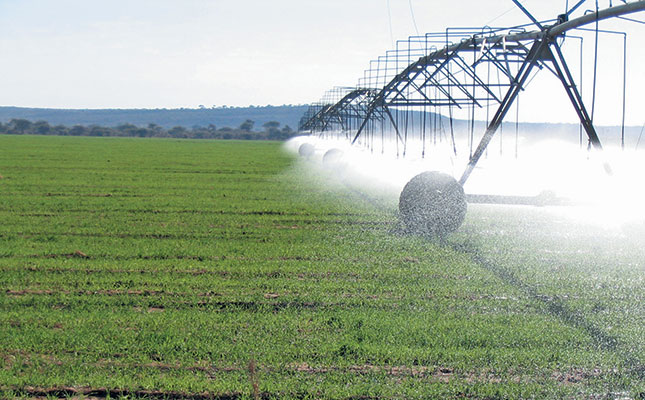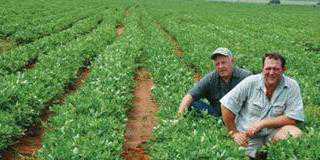
While the potential value is exciting, it’s important to remember these kinds of technological applications are part of a much more complex socio-economic picture, especially in South Africa.
A congested value chain
You could argue that all agriculture sectors are being infiltrated by smart tech, a trend driven by the sheer scale of innovation entering the sector. I foresee an extremely congested and competitive environment surrounding smart agriculture in the years to come.
From logistics to irrigation, companies are building on the technology wave to market, differentiate, and enhance their products – in many instances duplicating functionality.
The ease with which one can enter this market further compounds the effect. Cheap and accessible technology solutions create a natural access point for small localised companies to develop and offer solutions to growers.
This mix of small to large solution providers is facing the challenges of marketing to a broad and geographically dispersed installation base; a struggle that consequently leads to strong regionally focussed applications.
The focus will ultimately fall on the larger established growers to drive broader value chain adoption. These growers can experiment with solutions and leverage scale to achieve a return on investment.
Impact on the industry
After the dust settles on these new developments, one of two scenarios could emerge:
An open and collaborative environment: Here, we would see the adoption of industry standards to integrate both vertically and horizontally within the value chain. The benefits could reach further than just the farms themselves.
They could spill over into society, leading to improved transparency and accessibility within food distribution. This is because bringing a diverse mix of growers, service providers and customers together requires a collaborative open philosophy around data gathering, integration and sharing.
A closed system integrated into a specific value chain: This scenario could effectively monopolise the benefits from smart tech, with little direct benefit to the broader industry and society as a whole. Access to information comes at a high cost within closed systems. One-dimensional integrated supply chains would effectively lock those not directly invested in the system out of it.
Without a transparent value chain, knowledge vacuums emerge that are exploited by middlemen. This makes processes unnecessarily non-transparent, complicated and expensive.
Within a closed, proprietary and fragmented technology landscape, technology could actually strengthen monopolies.
It’s only when the various stakeholders come together with the intent to plan and improve the industry as a whole that we’ll move closer to the broader benefits that smart tech offers.
Integration in Africa
If we’re to make the most of smart agriculture, integration is vital. Without it, there’s no real end-to-end benefit or visibility for anyone. Increased adoption will improve aspects like:
- transparency,
- risk management,
- stock management, an
- price discovery.
Smart technology can play a key role in the social and economic development of the agriculture sector in Africa. But, ironically, increased adoption could also hurt small-scale agriculture.
Larger farms in developed countries are likely to exploit economies of scale to increase the effectiveness of their farming operations. This could decrease the relative competitiveness of small-scale growers, effectively pushing them out. This is something that Africa can’t afford.
Value chains in developing countries are also severely constrained and limited in terms of infrastructure and, as a result, are often dysfunctional. So before we turn to technology as the ‘silver bullet’, it’s important to address some of the basic challenges many local farmers face.
Beyond smart technology
The danger of the concept of ‘smart’ in agriculture is that technology is usually narrowly defined as information and communication technology alone. But smart agriculture can also be looked at in a broader context of seed, production, mechanisation, irrigation, logistics, farming methods and more.
If you step back a bit, you’ll see broader approaches such as precision farming, artificial intelligence and machine learning are the real disruptors on the horizon. It’s when algorithms are introduced that we’ll see the real ‘thinking’ farms of the future.
The ability to better monitor and use data points across all farming activities will help improve planning and management effectiveness across the board. Smart devices will play a part in achieving this.
Volatile production environments, costs and prices are still the most significant challenges in agriculture.
It’s the farmer who is both smart and responsive, and an industry that works together for the sake of the broader societal good, that will survive this new technological age of agriculture.
In other words: to respond to this challenge, we need a broader approach towards being ‘smart’.












